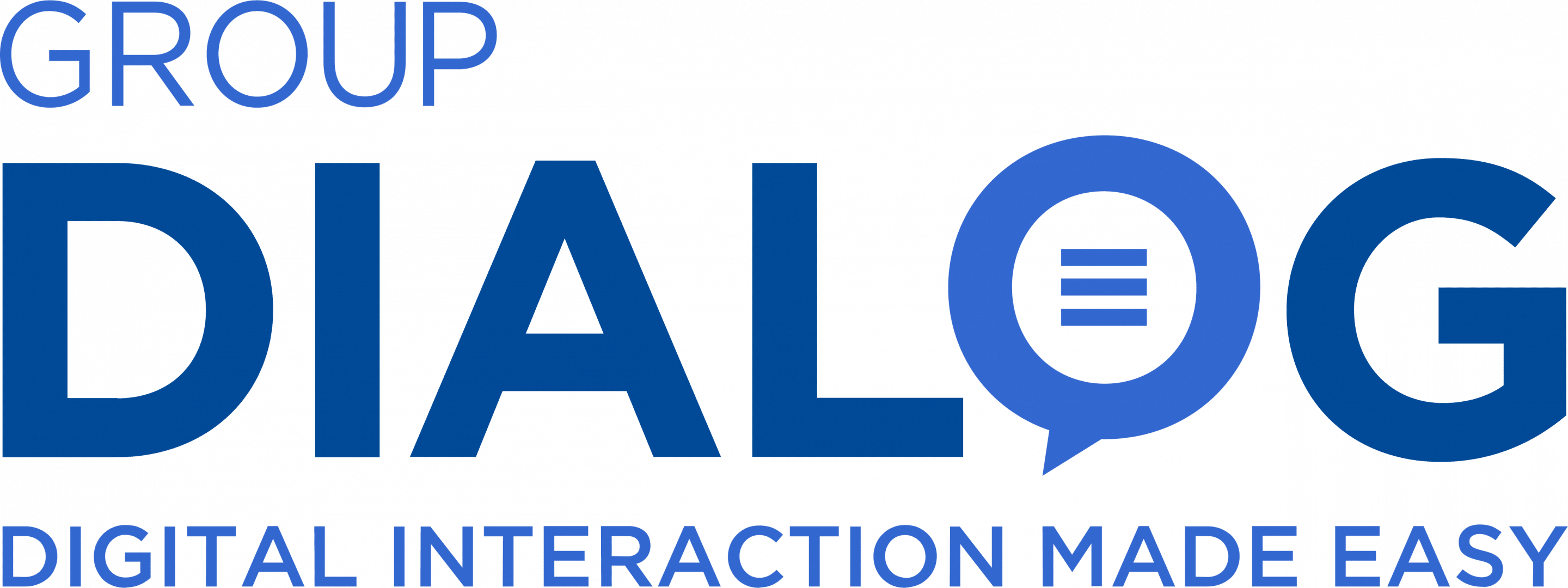6 Practice based advices
Based on concrete observations and experiencesMany of the articles I read about customer experience are about topics such as the customer journey or customer experience. Everyone measures and analyzes customer satisfaction. Still, in practice (both as a private person and as a businessperson) I often see quite a disconnect between what companies would like or think to deliver and what they actually deliver in the field of customer interaction. I get entangled in dead-end chatbots, the transition between departments and systems of companies or I have to fill in my data 3 times in a process. Apparently not every company succeeds in putting the intention of a frictionless customer experience into practice.
I see three main causes towards being able to respond quickly to the market and changing customer demands that I describe: complexity within organizations, complexity in the (legacy) IT landscape and problems with data quality.
In the document below, I discuss the first two issues and give 6 tips, also based on concrete observations and experiences at Dialog Groep.
Complexity of organizations and IT landscape as a stumbling block
Many large companies often have a complex organizational structure, many different processes and despite Agile working methods (too) little power to change. This makes it difficult to implement new solutions or new processes. Especially the internal contradictions between Business/Marketing (focused on the customer and rapid changes) and IT (focused on the status quo due to security and compliance requirements) underlie this.
In addition to the above organizational complexity and internal conflicts of interest, mostly IT but also business capacity, is lost in maintaining complex and sometimes outdated systems. These systems are badly needed to maintain the business, but difficult to combine with the desire of business users to respond quickly to changes in the market.
How can you accelerate?
Various organizations have been successful in picking up specific use cases and getting them up and running quickly with a modern cloud solution. An example of this is Star-shl. Within 1 week they implemented a chatbot to reduce the workload in the customer contact center (CCC). In order to get things operational quickly, this means that the Business within organizations often has to take the lead, in consultation with IT, of course. If you don’t do the latter, then there really are cases known of a marketeer pulling the credit card to purchase a smart online tool. That is not what you should want as a professional organization, apart from the integration issue. In many organizations, the question also arises as to where Customer Focused IT can best be invested.
Ultimately, it is important to approach customer interaction as externally as possible. Not from a systems perspective, but from the actual customer needs analysis. From there, Marketing or Innovation should be given the space to look out of the box for compact solutions that can bring innovative customer interaction. Everything to be able to help the customer personally, interactively, contextually but above all: easily. This can lead to enormous cost savings for companies. The role of IT then becomes that of enabler, later taking over ownership of successful experiments and integrating the solution into the IT landscape. However, while maintaining flexibility and the option of as much as self-sufficiency as possible for the Business. This is the only way they can quickly make changes in customer interaction. For example, when a new product is launched to enable digital self-service not only for your customers, but more or less also for your internal organization.
Summarized and complemented, this provides the following practical advice to stimulate the power of innovative change:
6 Practice based advices
Don’t be afraid to experiment with new solutions and channels. There are certainly possibilities in the cloud to do so in a fast, but also safe and responsible way. Make sure IT is involved from the start, but above all thinking along or facilitating.
Look for a party with experience in customer interaction that dares to move along based on entrepreneurship and experience. Specialized parties can often switch quickly and deliver at modest project costs without too much overhead. Incidentally, this is not a party with one solution looking for problems, but a party that has broad (best of breed) knowledge of customer interaction.
Make sure in the choice of tools and processes that Business/Marketing can be as self-sufficient as possible, the so-called “Business Delegation”. This saves a lot of time and efficiency because Business itself can make changes in customer interaction.
If you select a (cloud) tool, make sure that it is an ‘enterprise ready’ solution. Think of scalability, security, integrability and functionality, so you can continue to grow later and the transition to an IT sanctioned and managed solution is easy.
Think carefully about reusability of data and content. Even better, think about implementing a “customer interaction layer” where you are in control, where you link all complex IT and can offer good uniform content for many channels from a single solution and also guarantee data quality.
Think about the role of people in the process, for example by offering a ‘live takeover’ or other escape. Not everything can be digitized (reality is obstinate) and not every person reacts in the same way to digital processes.
Would you like to know how you can design this in your own specific situation? November 19th we organize our annual event The Future of Customer Interaction (FOCI202), online. You are most welcome. More information can be found here.
Contact us
Read our other blogs here:
Press release: Dialog Group recognized at Aspire Leaderboards for CCM-CXM
Bunnik, September, 2023 - We are very proud to announce that Aspire, a well-known international industry analyst firm, has recognized European Dialog Group on their global leaderboards for the implementation of Customer Communications Management (CCM) and Customer...
Find the right balance between efficiency, accessibility, and human contact in your channel strategy
A successful channel strategy requires a balance between efficiency, accessibility, and human contact. Excessive channel steering can lead to customer frustration and loss, while listening to customer needs and providing diverse channels enhances customer satisfaction and creates a positive brand experience.
The importance of the right Channel Strategy to best serve customers
A well thought out and effective channel strategy can make the difference between satisfied customers and customers going to competitors. Let’s look at the importance of a proper channel strategy in serving your customers in the best way possible.



